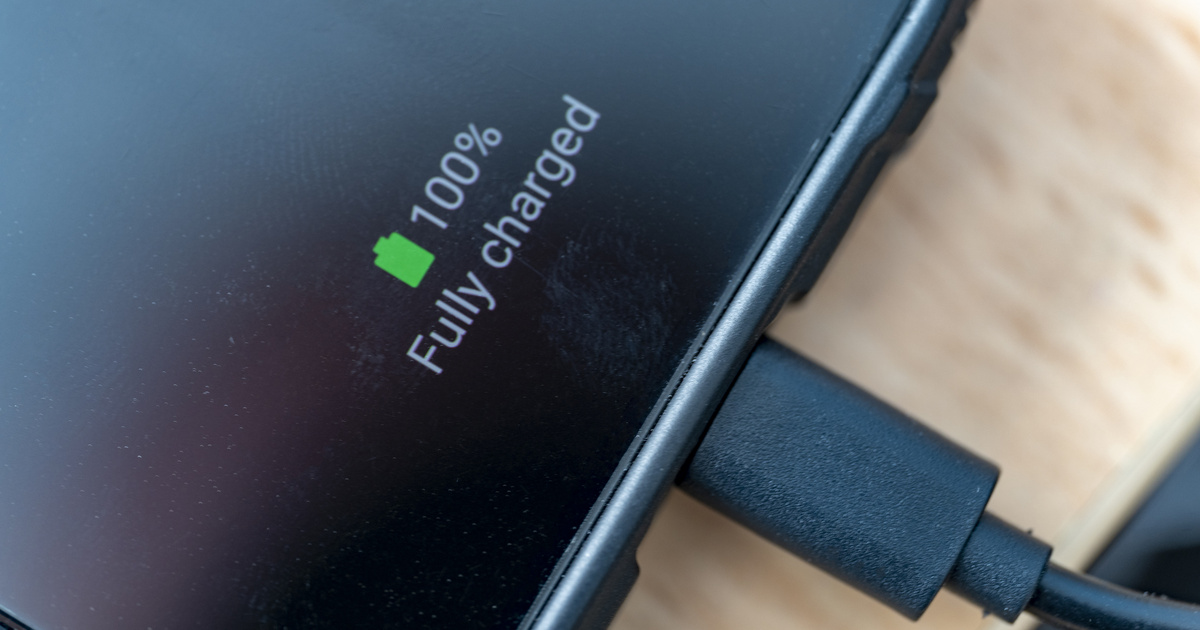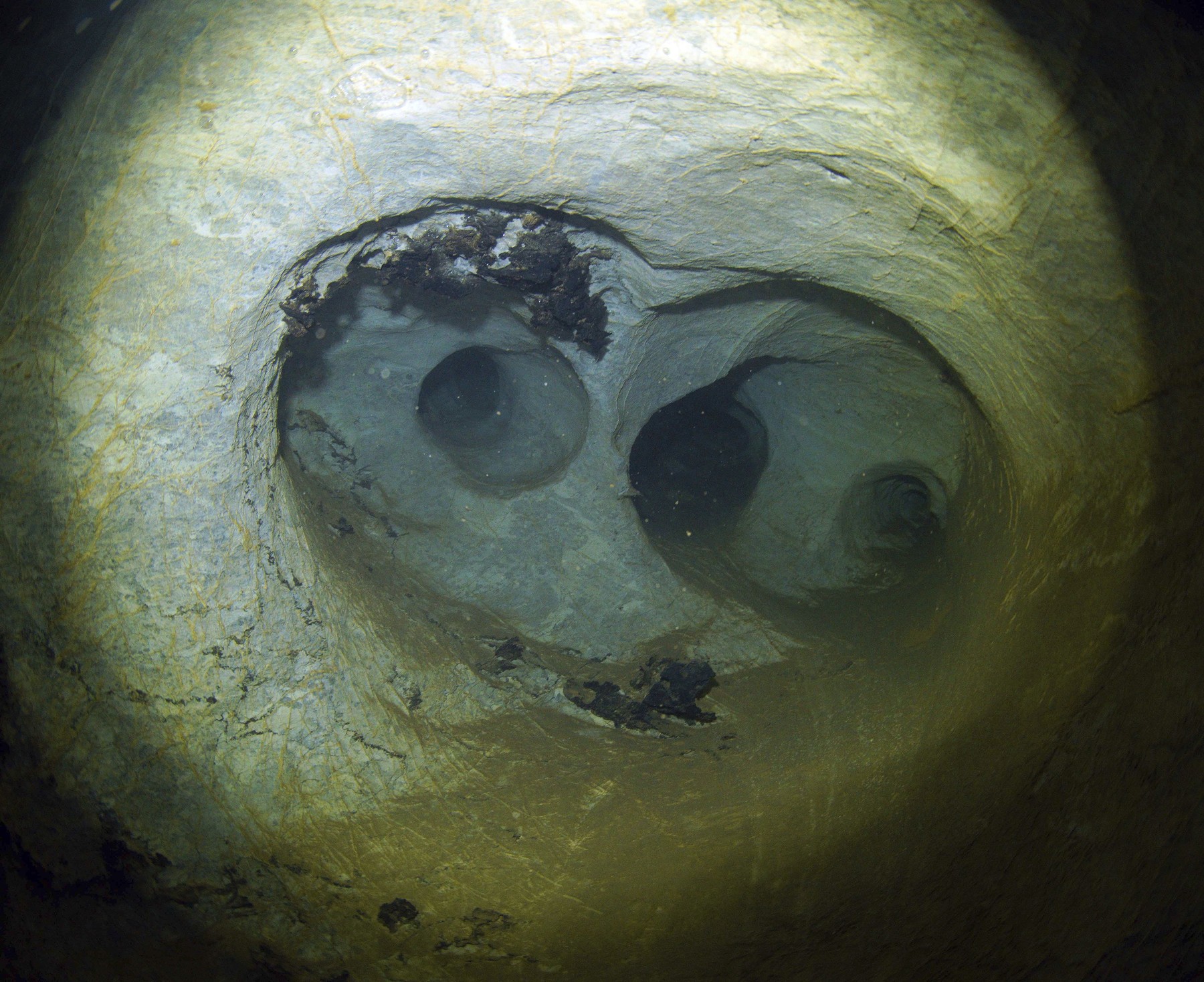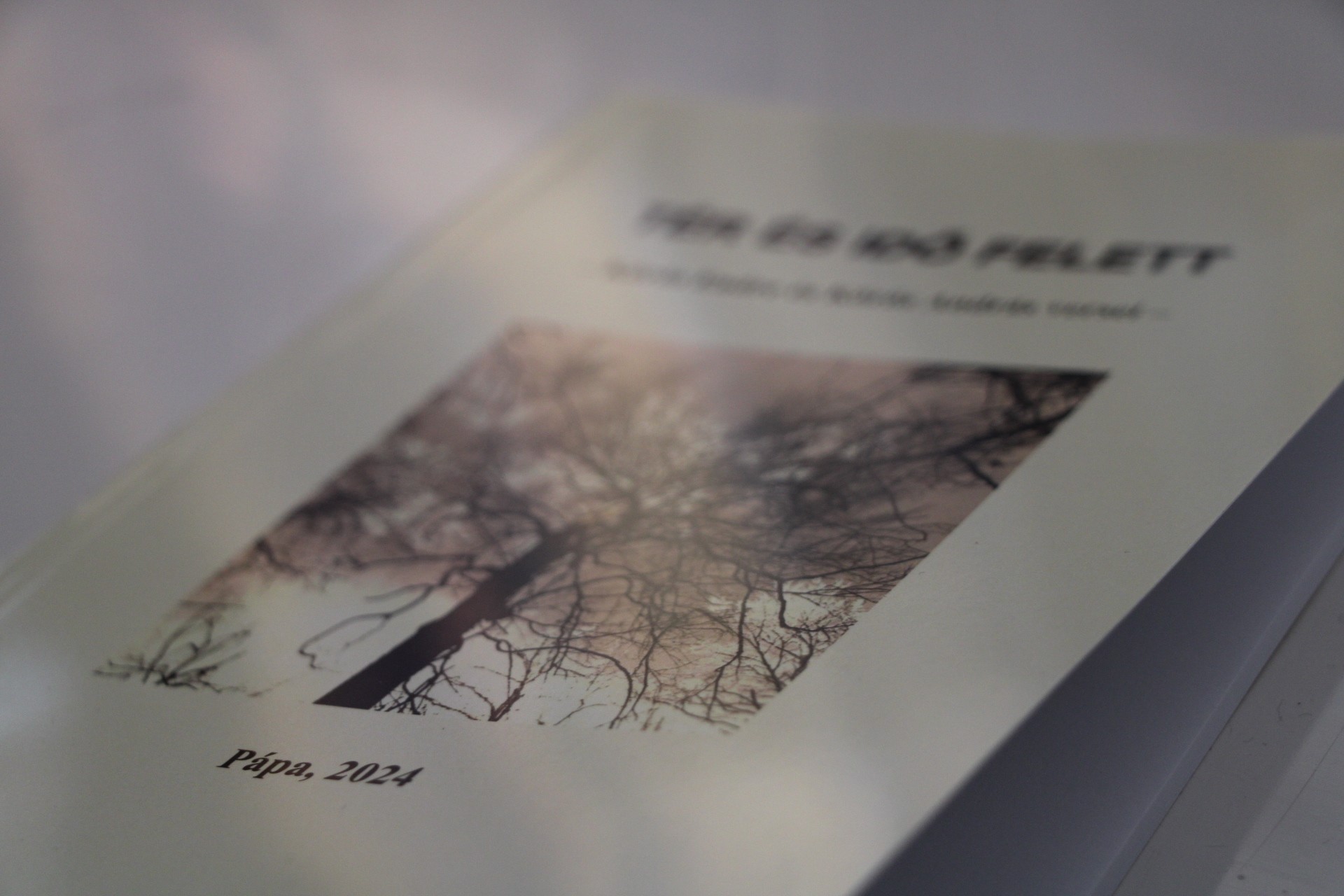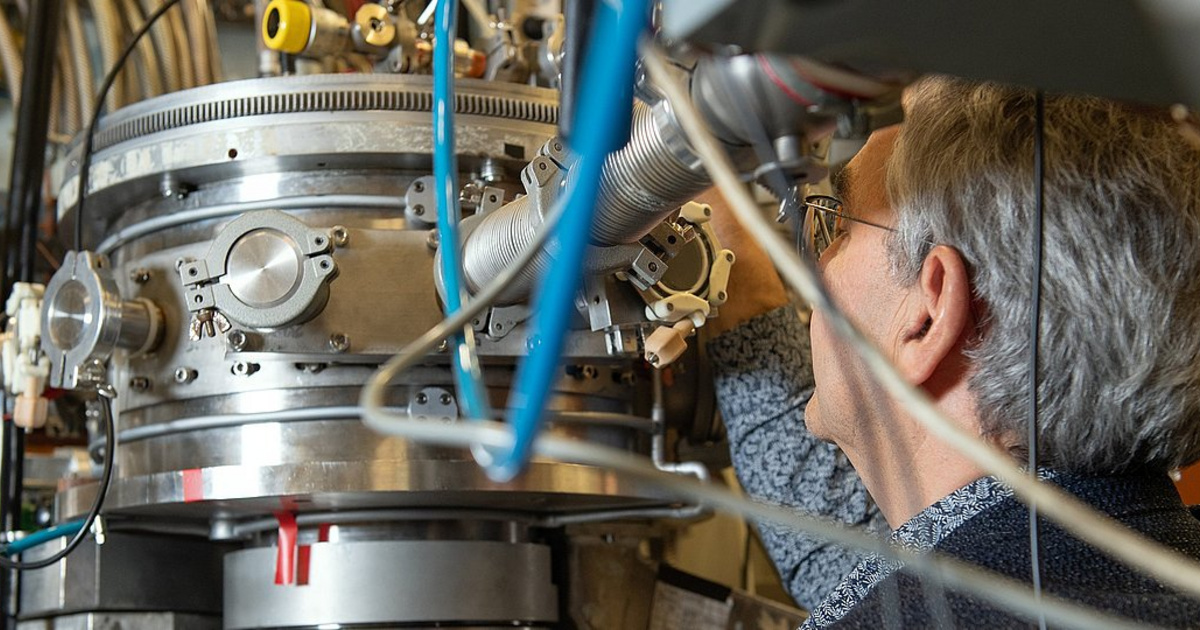The particle accelerator at the Garching Research Laboratory at the Technical University of Munich was the first to demonstrate the existence of a particle made up of four neutrons.
It is well known that atoms are made up of protons and neutrons. Researchers in atomic physics agree that there are no particles made of protons alone, yet they have been searching for particles made of one, three, or four neutrons for half a century. Proving the existence of these would help in understanding the nature of neutron stars, and at the same time would necessitate a rethinking of the theory of strong interactions.
Strong interaction is what literally brings the world together. Atoms heavier than hydrogen would not be conceivable without it.
said Dr. Thomas Westermann, who led the trials.
The particle in question appears to have been detected at the Van de Graaff particle accelerator, which conducted the last experiments before retirement.
Measurements were first made in France twenty years ago which can be interpreted as the appearance of a tetratrotron. In 2016, a Japanese team attempted to produce a tetrotron by bombarding helium-4 atoms with radioactive helium-8 atoms. At the time, it was believed that tetratrons decay very quickly.
Photo: Ole Benz / Tom
Westermann and colleagues bombarded lithium-7 atoms with the same lithium atoms accelerating to 12% the speed of light, which in theory should have led to the formation of carbon atoms and tetratrons. Sensors from physicists have also demonstrated their occurrence in a repeated experiment.
Based on the data, the tetratron is as stable as the neutron itself with a half-life of 450 seconds. The accuracy of the measurements is 3 sigma or 99.7 percent, but in physics, 5 sigma is the quality expected from scientific evidence. German physicists are currently expecting independent measurements to confirm their discovery.
(Phys.org)










































